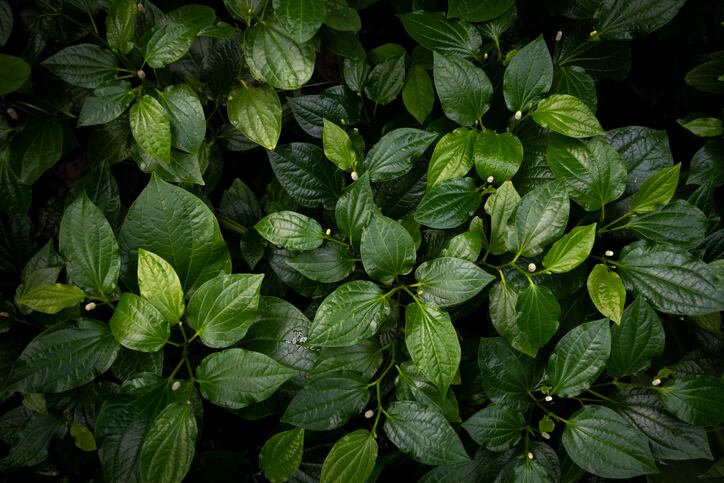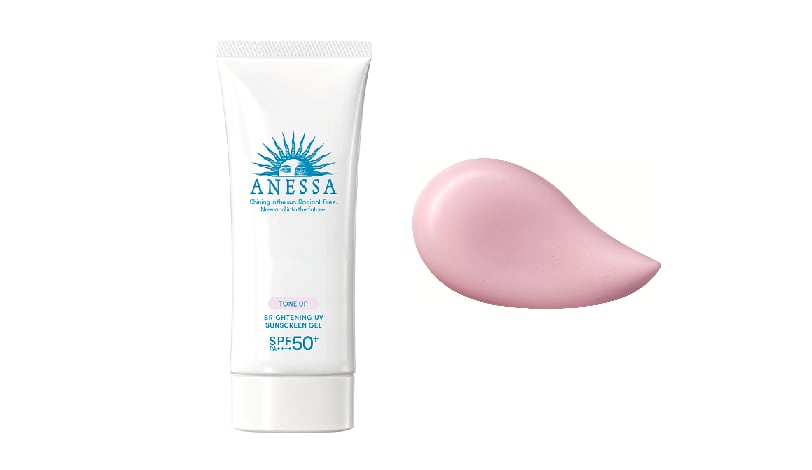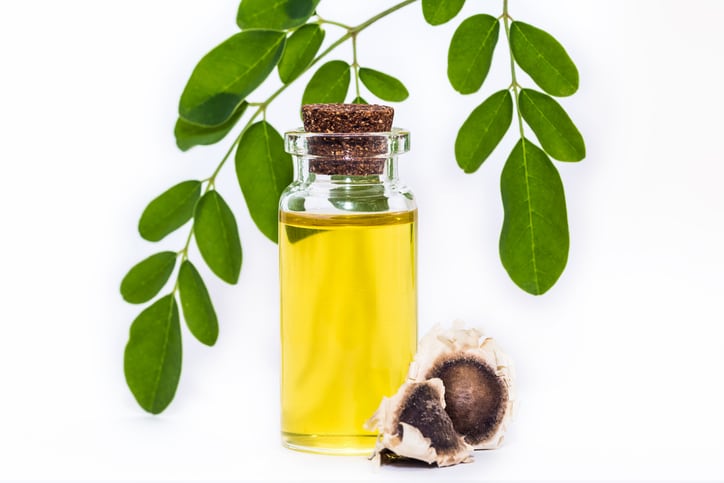Piper betle L is a native leaf from Malaysia also known as sireh. Its skin lightening effect is believed to be contributed by a compound named hydroxychavicol (1-allyl-3,4-dihydroxybenzene).
Currently, most skin lightening agents are chemical based such as hydroquinone, arbutin, tretinoin and alpha hydroxyl-acids (kojic acid, gycolic acid and lactic acid). These act by inhibiting the activity of the tyrosinase enzyme, which decreases melanin production of melanin, leading to depigmenting or whitening effect.
However, these agents tend to cause adverse effects such as skin irritation and contact dermatitis. So, this has sparked interest in finding alternative skin-lightening agents from natural sources such as plant extracts, with the belief that they are safer to use than synthetic chemical agents.
In this study, researchers formulated a cream containing Piper betle L. extract, which could potentially be a new alternative in the skin lightening space. The findings were published in the Cosmetics journal.
In-vivo study
Researchers from the International Islamic University Malaysia and The National University of Malaysia formulated an oil in water cream containing Piper betle L. extract, and a base cream without the extract.
Both creams contain lecithin, pectin, xanthan gum and beeswax as emulsifying agents which help stabilise the cream, preventing it from separating into its oil and aqueous components.
Both formulations also have small particle size, ultrafine for base cream, and fine for the test cream, which favours better viscosity and stability.
It was then tested on human volunteers to study its properties and benefits.
A total of 30 participants were recruited and divided into two groups. Subjects with skin diseases including eczema, psoriasis or severe acne were excluded from the study.
One group was given the cream containing betle extract, and the other given the base cream.
They were tasked to apply the cream twice daily on a section of the left forearm (between wrist and elbow), for four weeks. The amount of cream applied was 0.1mL for a skin area of about 20 cm2.
After four weeks, researchers measured their skin’s melanin content, skin tone, hydration, and elasticity.
Skin lightening
The results showed a significant reduction in melanin content in the group using the cream containing betel extract but not the base cream users.
The betel extract cream reduced melanin content from ∑ = 37.14 at week 0 to ∑ = 33.48 at week four. In the base cream, melanin content remained stagnant throughout the four weeks, starting with ∑ = 36.1 at baseline and ∑ = 36.02 at the final reading.
Researchers said the melanin reduction effect may be contributed by a bioactive compound (hydroxychavicol) in Piper betle L., which has a skin lightening effect exerted by its anti-tyrosinase activity.
“This compound inhibits the tyrosinase enzyme, hence reducing the production of melanin and providing a skin-lightening effect. The results also prove that, although there are other ingredients with skin lightening potential in the formulation, such as ascorbic acid, tocopherol acetate and chitosan, their content is not significant enough to cause any skin lightening effect, as shown by the base cream results.”
For skin tone, the betel extract cream showed a significant reduction (p = 0.003), from −40.06 (categorised as dark) at baseline, to −31.8 (categorised as brown) in week four.
The changes in skin tone for the base cream group were not significant. The values from baseline to week four fluctuated between −36.38 to −39.59 yet remained within the dark skin classification.
Elasticity and hydration
Skin elasticity also significantly improved in both group of users.
The initial baseline values for both groups ranged from 550 to 800 ms, which put them in the 30 to 50 years old age category. After four weeks, the values decreased to 300 to 550 ms, indicating that the skin became more elastic, putting them within the age range of 20 to 30 years old.
Researchers think hydroxychavicol and other ingredients in the formulation such as ascorbic acid and tocopherol acetate have antioxidant activities which help scavenge for reactive oxygen species and slow ageing, improving skin elasticity.
In addition, betel extract contains phenols and flavonoids, which are antioxidants.
For hydration, there were no significant improvements for both creams.
Researchers explained that collecting data on hydration may be challenging with many external factors affecting the skin’s hydration.
“One of the many factors includes water intake, which can cause very dehydrated skin results when not taken sufficiently. Other than that, environmental factors, such as exposure to the sun, may also lead to skin dehydration, as skin is one of the main routes for water loss through sweating. Other variables that can influence the skin’s hydration are the weather on the day of the test (relative humidity) and skin exposure to water (shower, washing hands) which may cause inconsistency in the hydration data collected.”
Through these results, researchers conclude that its formulation is suitable for topical use in reducing melanin content and improving skin tone and elasticity.
Source: Cosmetics
https://doi.org/10.3390/cosmetics8020032
“Lightening Effect of Skin Lightening Cream Containing Piper betle L. Extract in Human Volunteers”
Authors: Sharifah Shakirah Syed Omar, et al.




